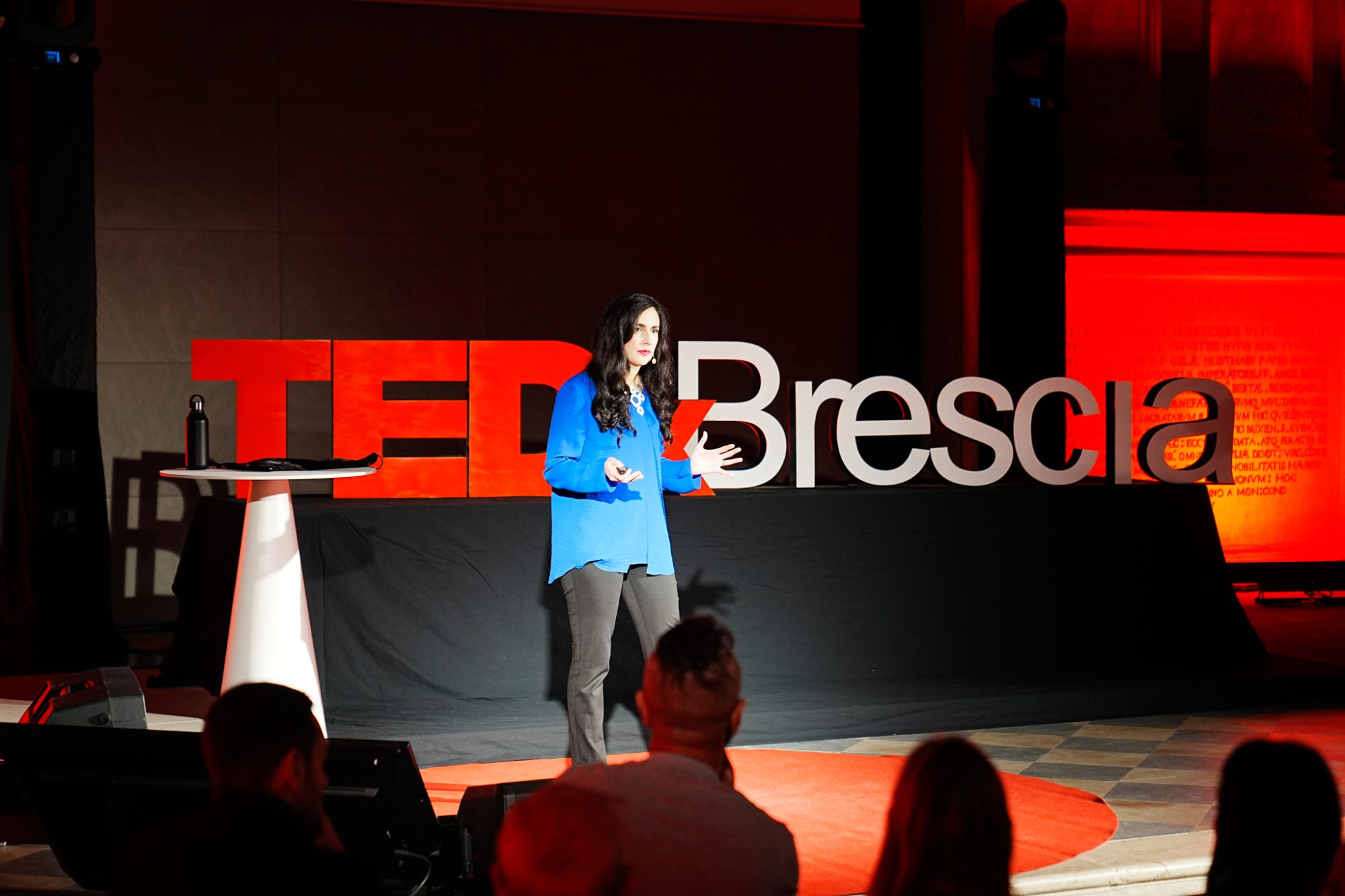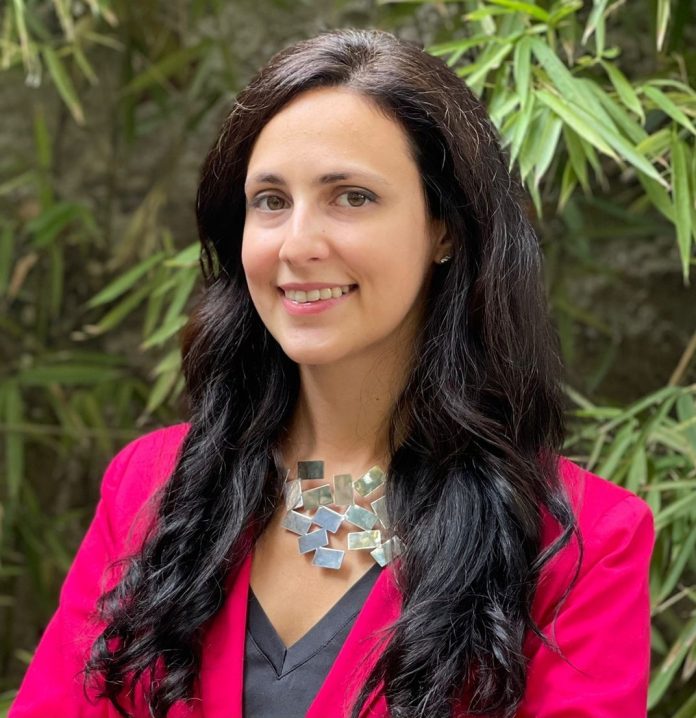PBC Today sat down with Marzia Bolpagni, head of BIM international and associate director at Mace, to discuss her journey in the industry; diversity and inclusion in construction, and how the industry can encourage new diverse talent
Explain your role as Head of Building Information Modelling (BIM) International at Mace and your journey in the industry.
My current role as head of building information modeling (BIM) international at Mace is to develop and implement digital strategies for international clients across Asia, Africa, Europe, America, and the Middle East.
We work across different industries with public and private clients, and we work out their challenges and their journey in implementing BIM.
Later, we help them to consider the technology, processes, and policies needed to implement BIM from the client side.
When we developed this strategy, we implemented that clients participate during different stages from design, construction, and facilities management, to use the data to make decisions.
I love my job because every day is different. Besides work for clients, I also do internal training for colleagues and clients, explaining in simple terms what BIM is and digital construction.
My journey in the industry is in building engineering, which is a mixture between an architect and a civil engineer. After completing my master’s degree, I did a few years in a research center, and then I started my PhD on the use of BIM in the public sector.
This allowed me to live and work in Boston for a Massport Authority that is advanced in implementing BIM. After that, I moved to London and worked for the Ministry of Justice, where I worked with their team to implement BIM from a client point of view.
After that, I started at Mace as a manager in 2017 and have been promoted since to senior manager and now as an associate director.
How have you promoted diversity and inclusion in your role as Head of Building Information Modelling (BIM) International at Mace?
I’m glad to say that our team at Mace is very diverse. As we are international, we have many different cultures and people of different nationalities. In terms of gender, we are almost half and half male and female, and we also have people of many different ages.
We also have people educated at different levels – some people went to university, while some people did courses.
It’s interesting and fulfilling to work with these people because we understand that if you want to make a change, then you need to involve everyone.
I really like working at Mace because you have the possibility to speak up and voice your opinion, which is supported by our EDI strategy.
My role as associate director is to provide the space for everyone on the team to offer their ideas, even if they are just new joiners, so everyone can participate in the success of a project.
I also promote diversity when hiring people and look behind the unconscious bias to understand their talent. I also help my team in their career progression and help them to take on more responsibility based on their current role.
During Covid-19, I used to provide an informal half-an-hour catch-up because we were not used to meeting in the office anymore. We used this informal catch-up to check on their well-being.
To celebrate diversity, I think you need to consider mental well-being because if you feel welcome, then you can express yourself.
Have you received any pushback in this male-dominated industry?
Usually, the pushback for me is for my age and nationality. I’ve been in rooms where I’m the youngest and the only foreign person.
It makes you feel like you need to demonstrate yourself more, because people can sometimes look at you in a strange way, to say: “Why is this young lady participating in this meeting?”
After you start to share your ideas and show your value, people realize how good you are, but the initial reaction is that people look at you with suspicion.
Now that I’ve received different awards, people now recognize my value, but in the beginning, it has been quite difficult. I’ve received different awards, such as Young Engineer of The Year, and many more.
The construction sector is male-dominated, and being a woman is not easy, but changing the perception of the industry and providing different role models can inspire more people to join.
What initiatives have you led or participated in to inspire and support the next generation of women professionals in the construction industry?
I’ve been mentoring women both within and outside my company, such as students and other women in the industry of different ages. This was to inspire not just women but young people who want to change the sector by addressing climate change.
I think it’s very important to not only change the sector but give back to the next generation as well.
Through my mentoring, I encourage my mentees to present at events, and speak at conferences so that they can be recognized for their work, and they can learn public speaking skills.
I have nominated other women for more than 10 awards. I think it’s important that the talents around you are recognized, because the more you promote talent, the more you create a network and community of talented people.
I also recently spoke at a TEDxTalk about The Power of Technology and Ethics in Construction. This is to help and inspire the next generation of women to speak up and to work in this sector, even if they are not professionals.

I think Tedx is a way to speak to the wider audience and explain: What is BIM? What is digital? And why ethics should be at the center of this discussion.
Marzia has spoken at more than 200 events across 27 countries to inspire the next generation into construction
To meet women at events, both industry and academic, to share my ideas and show people that if I can do it, they can too.
It’s nice to receive messages from other women to say that I’m their role model, and to thank me for sharing my ideas and story. I think it’s important that I have this leadership role because until we have more women in power, we cannot make a change.
Can you provide examples of how you have collaborated with academia to inspire and involve more women in digital engineering research and innovation?
I’ve been presenting at more than 25 universities so far as a guest lecturer, and I’m also an honorary associate professor at UCL in the UK.
I’m also a visiting professor sponsored by the Royal Academy of Engineering at Northumbria University. As part of those roles, I do supervisions of dissertations to support students. I encourage my students to investigate different topics, and I prepare them to enter the industry by checking their CVs and LinkedIn profiles for job interviews.
“It’s important for me to share my story and help other women who are entering the industry, as this is something that I had when I was starting in my career – its important to me that I give back and recognize the talent around me.”
Several of my female students ask me for tips on how to manage the challenges of their career when they work in construction and feel like they are overshadowed and how to deal with misogynistic comments from colleagues.
One student I support at UCL had her work published at a conference, and it also got published in a book. It was important that she got her work recognized as a professional, although she is at the beginning of her career.
As an industry, how can we encourage new entrants?
I think that as an industry, we need to provide different role models. When we used to think about the construction sector, we merely thought of it as something that revolves around a construction site, working with cranes and heavy machinery.
Thanks to the digitalized approach, there are now a lot of new roles that are emerging, such as experts on cybersecurity, blockchain, building information modeling, digital twins, and so on.
We need a diverse talent pool – of course, experience in the construction sector is needed, but now the skillset for these roles is much more diverse. As an industry, we must make a collective effort to explain to the younger generation that construction is an exciting sector to work in.
We also need to show the impact that the sector has – construction is part of 40% of the world’s CO2 emissions, so if we want to make a change, working in the construction industry is the place to be.














